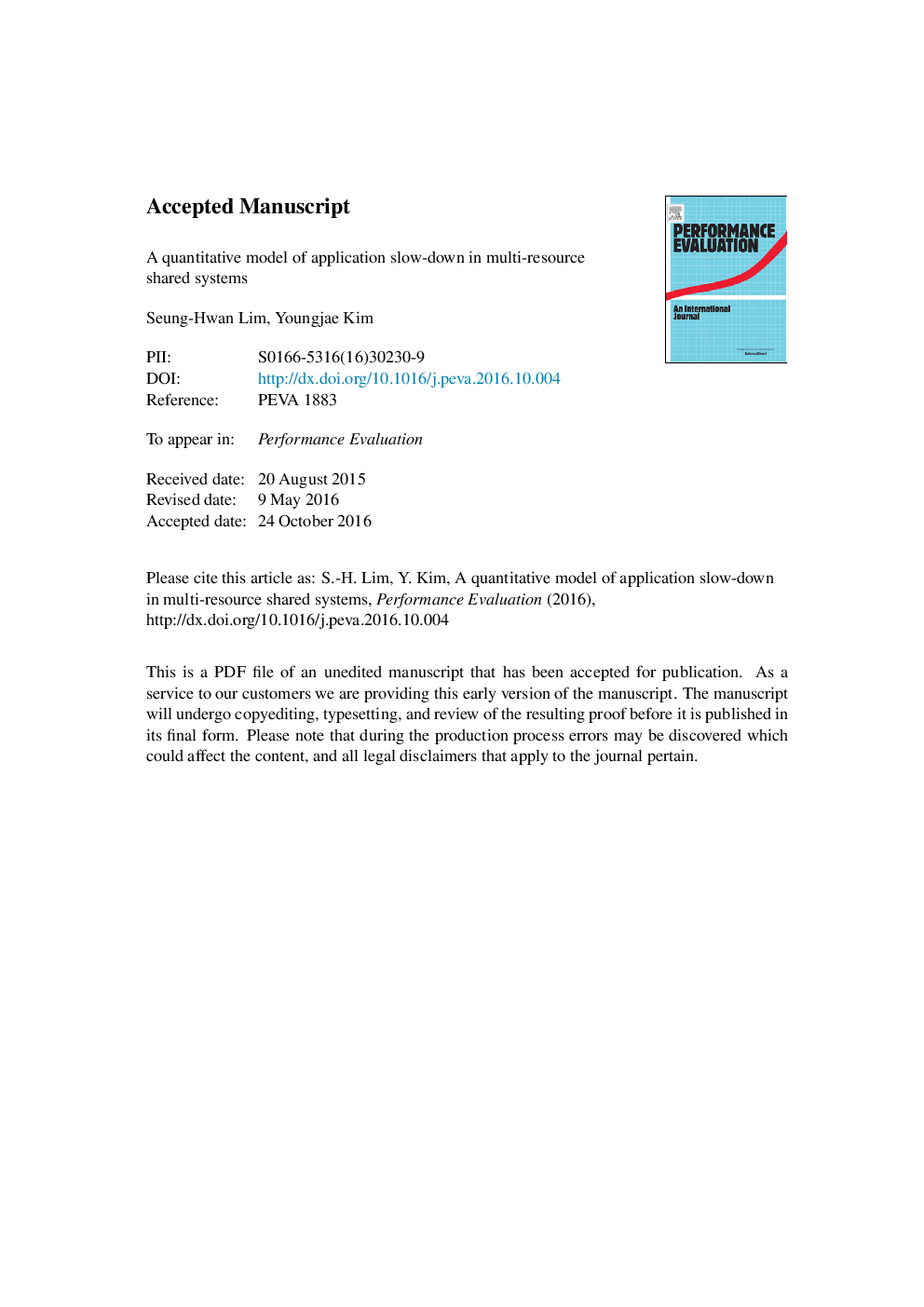ترجمه فارسی عنوان مقاله
یک مدل کمی از برنامه کم سرعت در سیستم های چند منبع مشترک
عنوان انگلیسی
A quantitative model of application slow-down in multi-resource shared systems
| کد مقاله | سال انتشار | تعداد صفحات مقاله انگلیسی |
|---|---|---|
| 82105 | 2017 | 34 صفحه PDF |
منبع

Publisher : Elsevier - Science Direct (الزویر - ساینس دایرکت)
Journal : Performance Evaluation, Volume 108, February 2017, Pages 32-47
ترجمه کلمات کلیدی
تکنیک مدل سازی، عملکرد سیستم، اندازه گیری،
کلمات کلیدی انگلیسی
Modeling technique; Performance of systems; Measurement;

